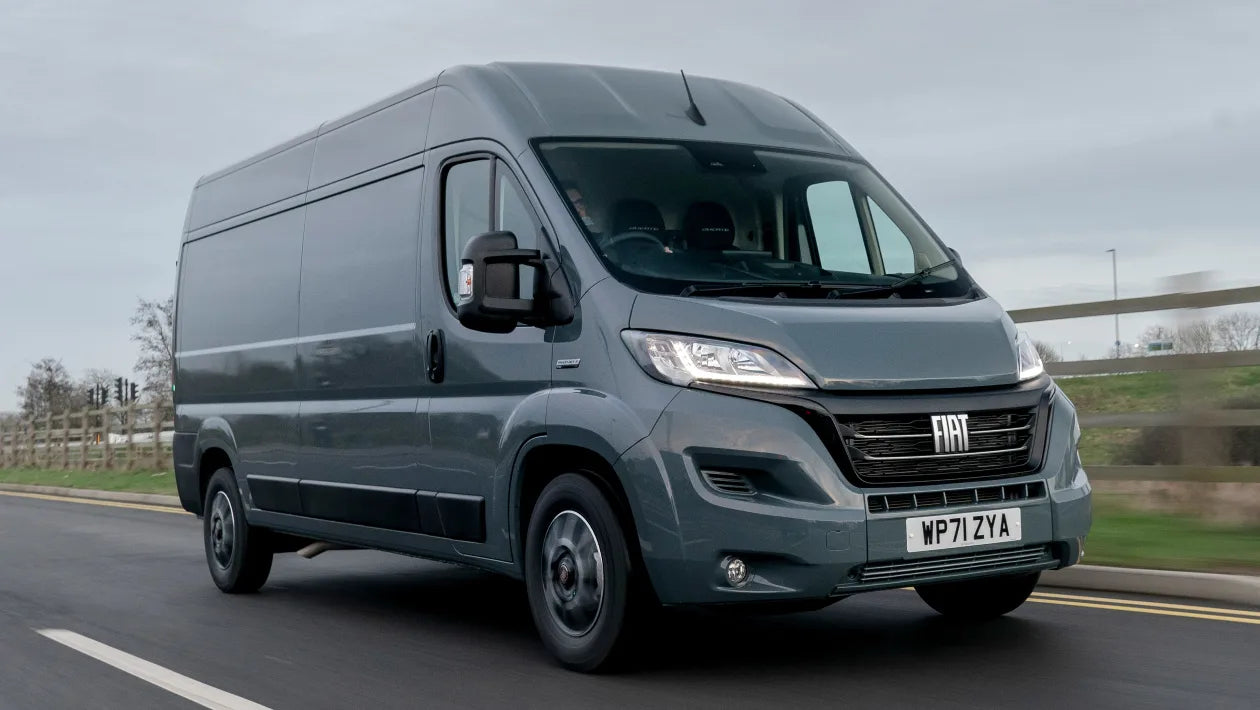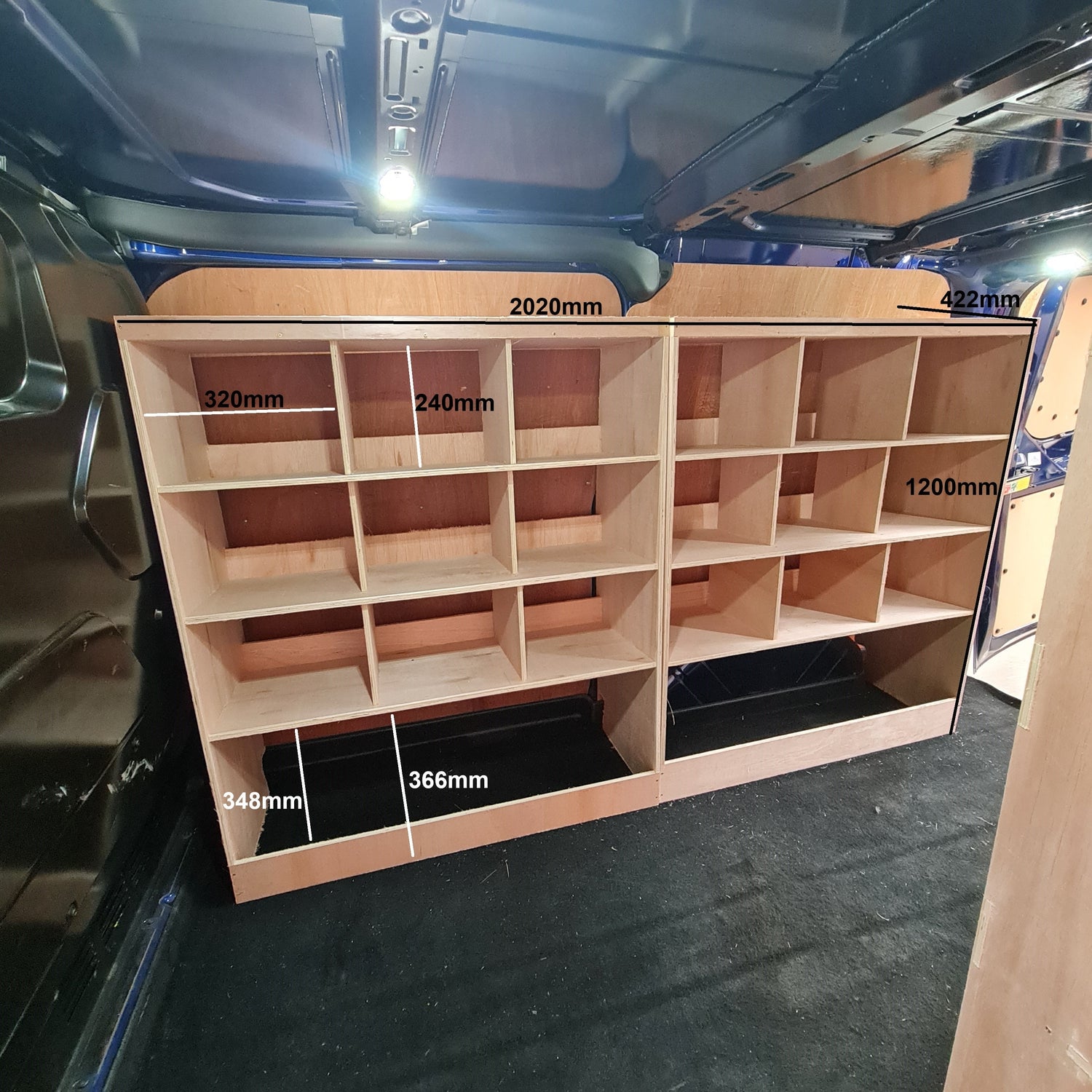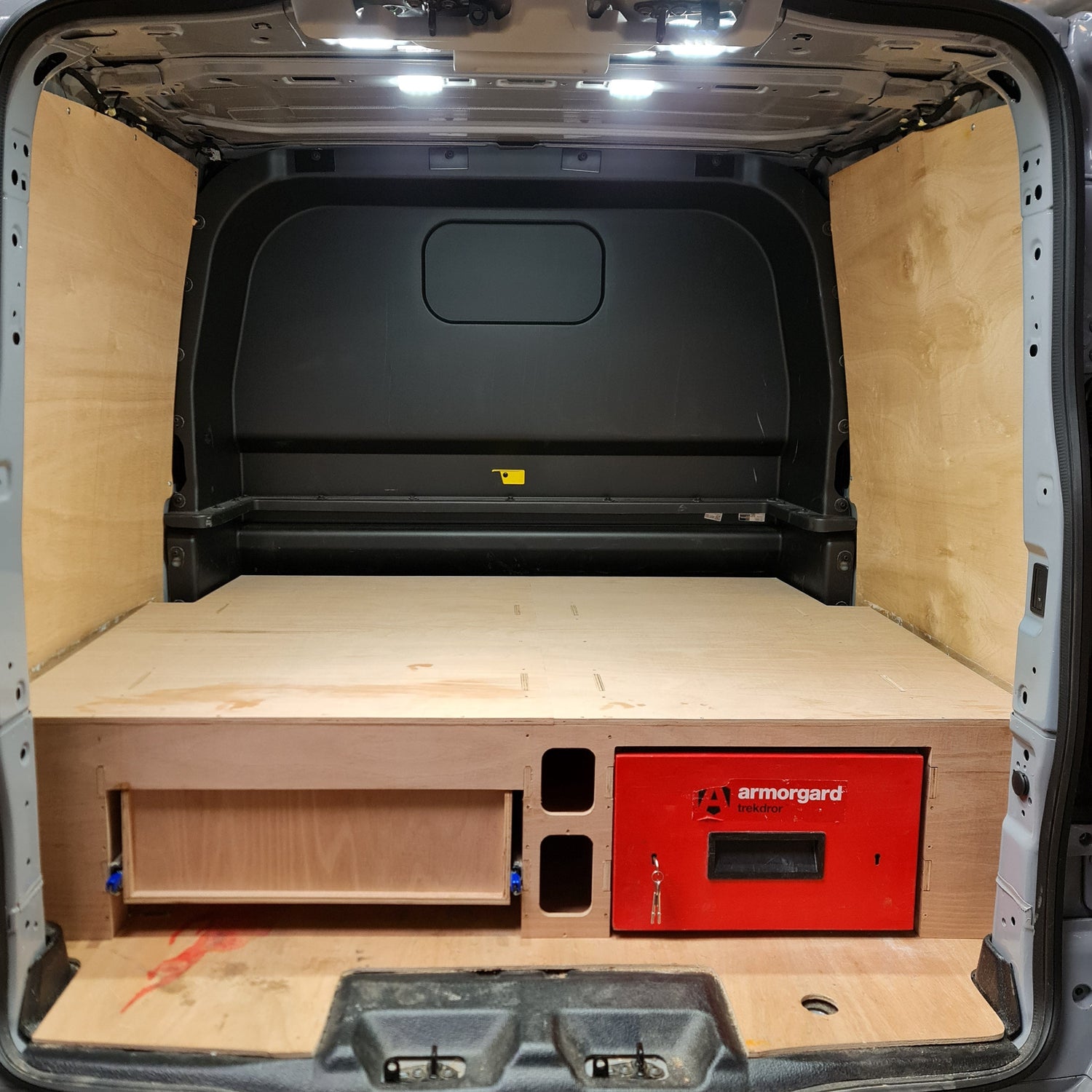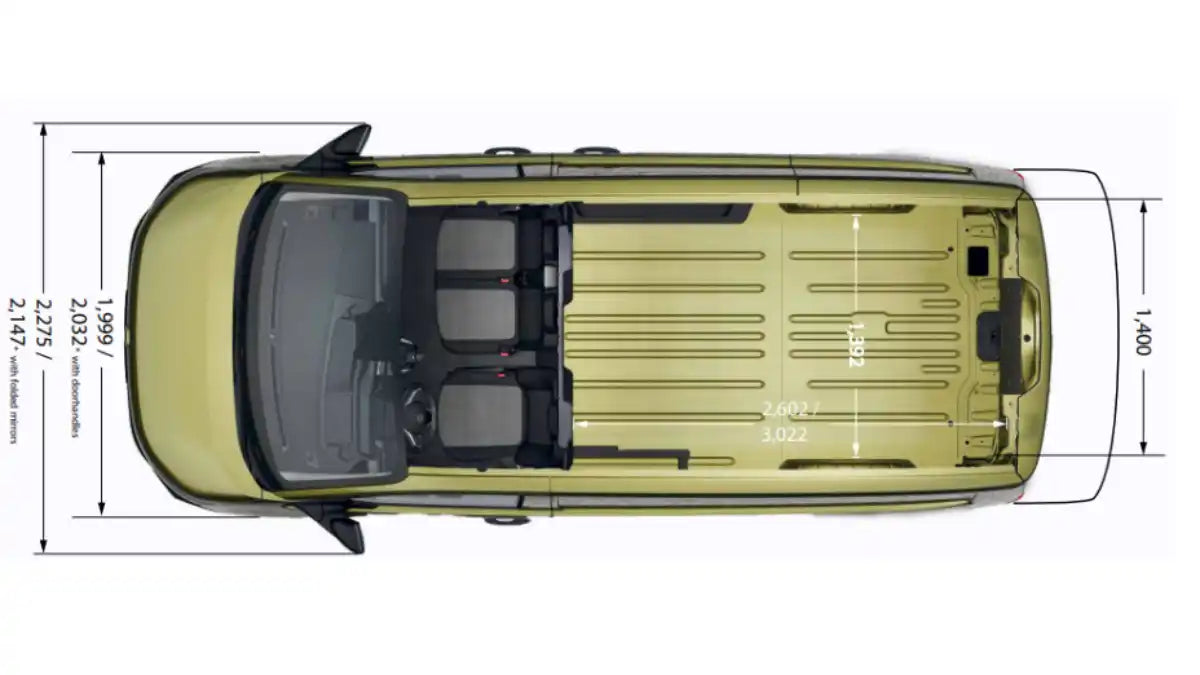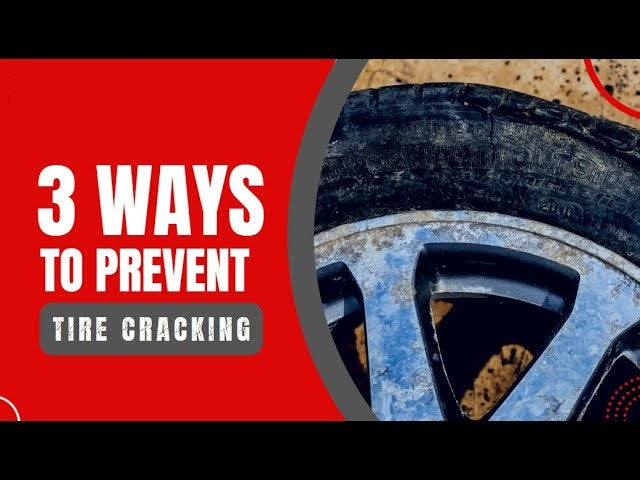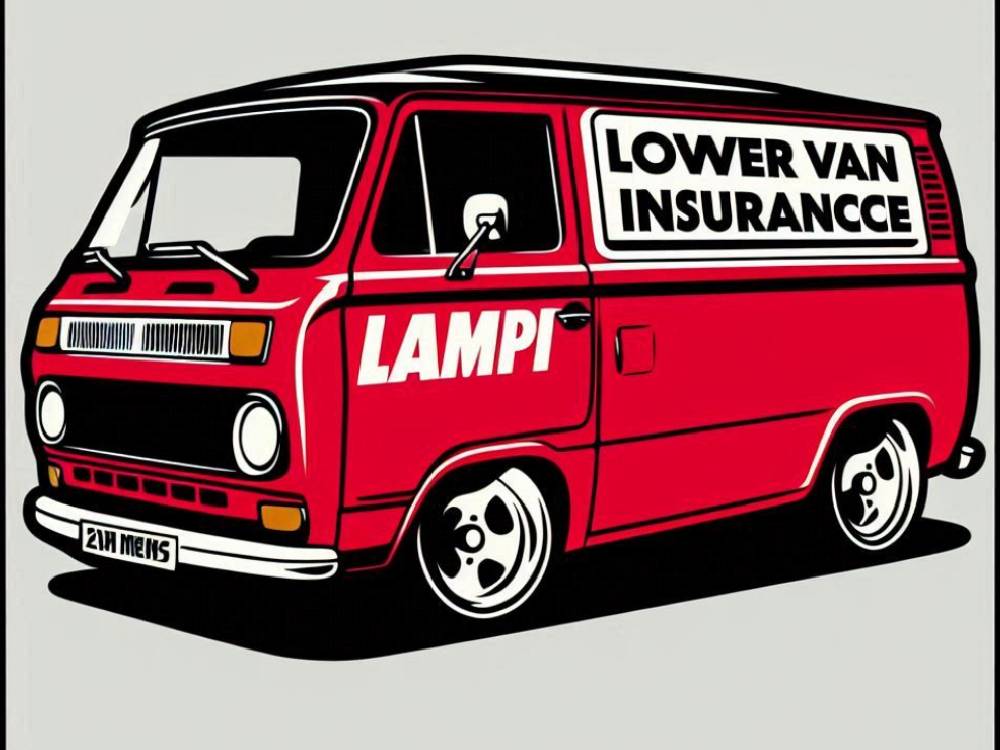Mobile mechanics require specialized vehicle organization to provide efficient service delivery across various locations and working conditions. The service vehicle functions as both transportation and operational headquarters, necessitating thoughtful design for maximum productivity and tool accessibility.
Professional automotive technicians rely on vehicle functionality for both emergency roadside assistance and scheduled maintenance calls. Efficient van racking directly impacts service quality, completion time, and the professional impression conveyed to clients seeking reliable automotive expertise.
Selecting the Optimal Van for Mobile Mechanics
Van selection establishes the foundation for an effective mobile mechanical operation with appropriate capacity for tools and equipment. Mid-sized commercial vans like the Ford Transit, Mercedes Sprinter, or RAM ProMaster provide an optimal balance between maneuverability and sufficient cargo capacity for comprehensive tool storage.
The automotive technician must evaluate cargo dimensions against anticipated equipment inventory and workspace requirements before installation. Dr. Jason Martinez of the Mobile Automotive Association states, "The appropriate vehicle platform represents the most critical initial decision for service professionals, directly impacting all subsequent organizational capabilities and service offerings."
Professional Van Racking Systems for Mechanics
Custom racking systems provide tailored solutions addressing the specific needs of automotive repair professionals with precision-fitted components. Modular systems offer flexibility for evolving business requirements and inventory adjustments as service offerings expand or specialize.
Steel racking delivers superior durability for heavy automotive tools while aluminum options provide weight savings improving fuel economy. Professional installation ensures proper anchoring to vehicle structure, preventing dangerous load shifting during emergency maneuvers or collision events.
|
Racking Type |
Weight Capacity |
Advantages |
Disadvantages |
Best For |
|
Steel Systems |
100-200 lbs/shelf |
Maximum durability, highest strength |
Heaviest option, potential for rust |
Heavy tools, maximum load requirements |
|
Aluminum Systems |
60-150 lbs/shelf |
Lightweight, corrosion-resistant |
Higher cost, lower maximum capacity |
Balanced requirements, fuel efficiency concerns |
|
Composite Systems |
40-120 lbs/shelf |
Corrosion-proof, moderate weight |
Less rigid, lower impact resistance |
Chemical storage, moderate loads |
Essential Tool Organization for Automotive Professionals
Effective tool organization requires strategic categorization based on frequency of use and related automotive repair functions. Primary access zones should contain frequently used items like socket sets, wrenches, and diagnostic tools positioned at ergonomic heights.
Automotive technicians benefit from visual organization systems implementing color-coding or labeling for rapid identification during time-sensitive repairs. Research by the Automotive Service Excellence (ASE) organization found that systematically organized service vehicles reduce repair time by up to 28% compared to poorly organized alternatives.
The most effective tool arrangements follow these core principles:
-
Position high-frequency tools at waist height for ergonomic access
-
Store heavy equipment low and centered for vehicle stability
-
Group related tools together by function or repair type
-
Implement foam tool shadowing for immediate identification of missing items
-
Secure all components to prevent movement during transit
-
Create dedicated zones for electrical, mechanical, and diagnostic equipment
Heavy-Duty Storage Solutions for Mechanic Equipment
Professional mechanical equipment represents substantial financial investment requiring robust storage solutions protecting both tools and technicians. Industrial-grade drawer systems with load ratings exceeding 200 pounds accommodate heavy power tools and specialized equipment.
Heavy-duty slide mechanisms prevent drawer failure during access, protecting both valuable tools and technician safety. Reinforced mounting systems distribute weight loads across vehicle structural components rather than sheet metal panels.
Socket and Wrench Organization Systems
Socket organization systems provide immediate visual identification and access to specific sizes during time-critical repairs. Specialized socket rails, magnetic holders, and color-coded trays prevent misplacement and facilitate complete tool retrieval after job completion.
Wrench organizers maintain proper sequential arrangement while preventing metal-on-metal contact that damages calibrated torque wrenches. Professor Michael Williams' research at Automotive Technical Institute concludes, "Optimized hand tool organization can reduce repair time variability by up to 42% while significantly improving first-time fix rates."
Power Tool Storage and Protection
Power tools require specialized storage considerations protecting sensitive components from impact damage and environmental exposure. Protective foam inserts prevent movement during transit while providing visual verification of inventory through tool shadowing.
Dedicated charging stations maintain battery readiness for cordless tools through integrated power management systems. Pneumatic tool storage must accommodate air hose management with proper strain relief preventing connection damage.
Creating an Effective Mobile Workbench
Mobile workbench solutions transform the service vehicle into a productive repair environment through stable work surfaces at ergonomic heights. Fold-down workbenches maximize available space while providing sturdy platforms for precision mechanical work.
Pull-out platforms extend the workspace beyond vehicle confines for improved access during complex procedures. Integrated vise mounts, lighting systems, and power access create comprehensive workstations supporting diverse repair requirements.
Parts Inventory Management in Your Service Van
Parts inventory organization enables quick retrieval of appropriate components for various repair scenarios without return trips to suppliers. Transparent bins with clear labeling facilitate visual identification of filters, belts, and common replacement parts across vehicle manufacturers.
Systematic arrangement prevents inventory obsolescence and streamlines restocking procedures after service calls. Automotive professionals benefit from inventory tracking systems maintaining appropriate stock levels of manufacturer-specific components for common service needs.
|
Part Category |
Storage Solution |
Identification Method |
Inventory Control |
|
Filters |
Divided bins |
Manufacturer/size labeling |
Min/max card system |
|
Belts/Hoses |
Hanging rack system |
Size/application tags |
Visual verification |
|
Electrical Components |
Anti-static compartments |
Numbered bins |
Digital scanning |
|
Fasteners |
Divided organizers |
Size/thread classification |
Weight-based monitoring |
|
Fluids |
Contained shelving |
Color-coding |
Volume tracking |
Fluid Storage and Containment Solutions
Fluid management systems prevent hazardous spills while maintaining inventory of essential lubricants, coolants, and specialized fluids. Spill-proof containers with secure mounting prevent environmental contamination and costly cleanup during transport.
Secondary containment systems capture potential leakage protecting both vehicle interiors and the environment. Environmental protection measures reflect professional responsibility while meeting regulatory requirements for mobile service operations.
Diagnostic Equipment Protection and Access
Diagnostic tools represent significant financial investment requiring protection from physical damage and environmental factors. Padded compartments with custom foam inserts prevent movement damage to sensitive electronic components during vehicle operation.
Proper positioning ensures quick deployment for efficient troubleshooting procedures at service locations. Dr. Elizabeth Chen's research in mobile diagnostics efficiency found that "properly organized diagnostic equipment can reduce initial assessment time by up to 64% while improving accuracy of first-time diagnosis."
Optimizing Space for Specialized Automotive Tools
Specialized automotive tools require customized storage solutions accommodating unusual dimensions and specific use cases. Jack storage systems secure heavy equipment while maintaining accessibility for rapid deployment during roadside assistance calls.
Press tools, pullers, and alignment equipment benefit from dedicated compartments preventing damage to precision components. Strategic placement optimizes space utilization while maintaining accessibility for infrequently used but essential specialty tools.
Optimal storage considerations for specialized equipment include:
-
Vertical storage for long items like pry bars and extensions
-
Wraparound protection for precision measurement tools
-
Separated storage preventing cross-contamination of surfaces
-
Quick-release mechanisms for emergency equipment
-
Modular arrangements accommodating changing specialty tool requirements
-
Adjustable dividers adapting to various tool dimensions
Weight Distribution and Vehicle Performance
Strategic weight distribution ensures vehicle stability and safe handling characteristics during both emergency response and normal operation. Heavy equipment positioned low and centrally improves vehicle dynamics and reduces wear on suspension components and tires.
Balanced loading improves fuel efficiency and reduces operational costs for mobile service providers. The Automotive Safety Research Institute reports that "properly distributed cargo can improve vehicle handling response by up to 18% while significantly enhancing braking performance and stability."
Professional Branding for Your Mechanic Van
Vehicle branding transforms service vans into mobile marketing platforms generating continuous visibility throughout the service area. Professional graphics communicate automotive expertise and reliability to potential clients encountering the vehicle in traffic or at service locations.
Clear contact information with service specializations facilitates immediate inquiry from prospects requiring automotive assistance. A comprehensive study by the Service Business Marketing Association found that well-designed vehicle graphics generate between 30,000-70,000 visual impressions daily in urban environments.
Budget-Friendly Van Racking Ideas for New Mechanics
New automotive businesses can implement cost-effective storage solutions while building service revenue for future upgrades. Modified retail storage solutions provide organized accessibility without the investment in automotive-specific systems during startup phases.
Modular component systems allow incremental upgrades as business growth justifies additional investment in specialized storage. Emerging automotive professionals should prioritize safety and basic organization while planning for future upgrades to professional systems.
Economical organization strategies include:
-
Reinforced retail shelving with added restraint systems
-
Modified tool chests secured to vehicle floors
-
Overhead storage utilizing ceiling space for lightweight items
-
DIY drawer systems using furniture slides with locking mechanisms
-
Pegboard or slat wall systems for vertical organization
-
Magnetic tool strips for metal surfaces
-
Repurposed plastic totes with secured mounting
Advanced Customization for Established Mechanic Businesses
Established automotive operations benefit from comprehensive vehicle customization addressing specific business specializations and service offerings. Integrated diagnostic systems with dedicated power supplies create efficient troubleshooting stations within the mobile environment.
Specialized equipment mounts for alignment tools, emissions testing, or manufacturer-specific interfaces enhance service capabilities at customer locations. Dr. Robert Thompson of Automotive Business Solutions states, "Advanced vehicle customization represents the operational difference between basic service providers and comprehensive automotive solution specialists."
Maintenance and Organization Systems
Regular maintenance prevents premature deterioration of racking components and storage systems under heavy use conditions. Scheduled inspections should evaluate mounting security, drawer functionality, and structural integrity of all installed systems.
Cleaning protocols maintain professional appearance while preventing cross-contamination between service locations. Well-maintained organizational systems project professionalism while extending equipment lifespan and protecting substantial tool investments.
Conclusion: Maximizing Efficiency and Professionalism with Proper Van Racking
Effective van racking transforms standard vehicles into professional mobile workshops supporting comprehensive automotive service operations. Strategic organization directly impacts service quality, efficiency, and business profitability through improved tool access and inventory management.
Professional mobile mechanics benefit from continuous improvement of their vehicle systems and organization to meet evolving service requirements. The optimized service vehicle serves as both functional workspace and business ambassador, reflecting the mechanic's commitment to professional excellence and customer service.
Frequently Asked Questions
What is the most important factor when designing a mechanic's van layout? Workflow efficiency based on repair specialization and frequency of tool use determines optimal layout for automotive service operations.
How much weight can typical van racking systems support? Professional automotive racking systems range from 60-200 pounds per shelf depending on material and mounting methods, with total capacity limited by vehicle specifications.
What's the best way to organize socket sets in a mobile workshop? Color-coded socket rails with size labeling arranged in sequential order provide optimal organization while preventing mixing between metric and standard sets.
How can mechanics secure heavy equipment like jacks and power tools? Heavy equipment requires dedicated tie-down points, reinforced mounts, and positioning low in the vehicle for optimal weight distribution and safety.
What's the ideal height for a mobile workbench in a mechanic's van? Ergonomic workbench height positions work surface 2-4 inches below elbow height when standing, typically 38-42 inches for average technicians.
How should diagnostic equipment be stored to prevent damage? Diagnostic tools require cushioned storage with custom foam inserts, environmental protection, and secure mounting away from fluid storage areas.
What safety features should be included in fluid storage areas? Fluid storage requires secondary containment systems, leak-proof containers, proper ventilation, and separation from electrical components and ignition sources.
How can mechanics improve their van's fuel efficiency through racking design? Strategic weight placement, lightweight materials like aluminum, aerodynamic shelving placement, and regular inventory audits removing unnecessary weight improve efficiency.
What are the most essential tools to keep in the most accessible locations? Diagnostic scanners, basic hand tools, safety equipment, and manufacturer-specific specialty tools require immediate accessibility in primary access zones.
How do professional mechanics prevent tools from moving during transport? Tool shadowing, restraint systems, drawer dividers, non-slip matting, and positive locking mechanisms prevent movement during acceleration, braking, and cornering.
What's the best lighting system for a mechanic's service van? LED lighting systems with color temperatures between 4000-5000K provide accurate color rendering for diagnostic work while minimizing power consumption.
How should parts inventory be organized for maximum efficiency? Parts require categorization by vehicle system, manufacturer, and frequency of use with clear labeling and inventory tracking to prevent stockouts.
What considerations matter when storing battery-powered tools? Battery tools need dedicated charging stations, temperature-controlled storage away from extreme heat, and protection from physical damage affecting battery contacts.
How often should van racking systems be evaluated and updated? Quarterly assessments identify improvement opportunities while major reorganization typically occurs every 2-3 years based on changing service patterns.
What's the biggest mistake mechanics make when organizing their service vans? Inadequate planning for tool access frequency forces repeatedly handling other items to reach needed tools, significantly reducing service efficiency.







